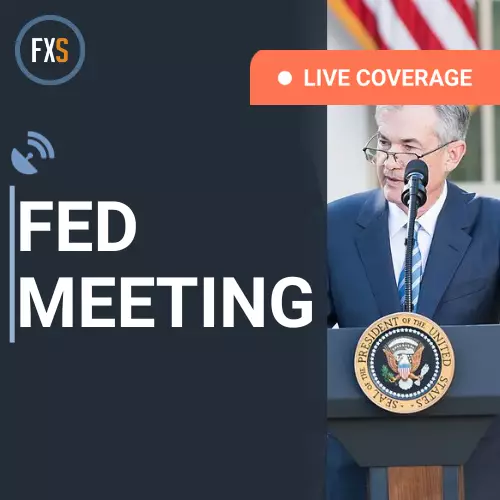As the final monetary policy meeting of 2024 approaches, attention is intensely focused on the Federal Reserve (Fed) and its anticipated decision regarding interest rates. With analysts widely predicting a reduction of 25 basis points (bps), the implications of this potential cut could reverberate through financial markets, affecting everything from the US Dollar to investor sentiment in the run-up to the festive season.
The Fed’s meeting on Wednesday is not simply a regular session; it’s an event steeped in wider economic implications. Market participants eagerly await both the policy statement and the revised Summary of Economic Projections (SEP), colloquially known as the dot plot. This document offers insights into the Fed’s forecast for interest rates over time and serves as a precursor to potential shifts in monetary policy.
The CME FedWatch Tool currently reflects a market consensus, fully pricing in a 25 bps cut, which would lower the overnight policy rate to a range of 4.25%-4.5%. This centrist stance suggests that while the initial reaction of the US Dollar to the policy adjustment may be moderate and fleeting, the true market dynamics will emerge from the details disclosed in the dot plot and the subsequent remarks from Fed Chairman Jerome Powell.
Of particular interest is the forward-looking nature of the SEP. The latest projections showed Fed officials expecting the federal funds rate to settle at around 3.4% by the end of 2025. Any adjustments in these forward-looking metrics—especially in regard to inflation and growth forecasts for the forthcoming year—are likely to capture significant market attention and could strongly influence the valuation of the USD.
In discussing the Fed’s last meeting of the year, analysts from TD Securities express expectations of a cautious approach from the Committee regarding further rate cuts. They anticipate that although there may be a push for policy easing into 2025, guidance about the timing and extent of these cuts will take on a more cautious, perhaps even hawkish, tone. Such a stance may create short-term volatility in the foreign exchange markets, particularly with pairs involving the USD.
As the meeting concludes, the market’s immediate response will likely hinge not only on the interest rate decision but on Powell’s remarks during the post-meeting press conference. Should the Fed project an upward revision to the interest rate forecast for late 2025, it could signal a hawkish position, potentially bolstering the USD against other currencies, including the Euro.
Political developments also loom large over the upcoming Fed announcement, specifically in relation to potentially disruptive policies proposed by President-elect Donald Trump. Questions regarding how the Fed will navigate uncertainties stemming from these proposals, especially concerning tariffs, are likely to dominate Powell’s press conference. If Powell indicates that these potential tariffs might complicate the inflation landscape, it could usher in a more conservative approach to policy easing, strengthening the USD in the process.
Conversely, if his comments suggest that inflationary pressures are being overlooked and focus heavily on maintaining a robust labor market, this could instill a more dovish outlook. Such a sentiment could weigh on the USD, allowing rivals, particularly the Euro, to consolidate gains.
From a technical standpoint, currency analysts are currently assessing the near-term outlook for the EUR/USD pair. The prevailing sentiment appears to be bearish, with the pair trending within a descending regression channel. Key technical indicators, such as the Relative Strength Index (RSI), signal a lack of bullish momentum, hovering around a threshold that suggests weak buyer interest.
Should the EUR/USD manage to breach resistance at approximately 1.0600—corresponding with the Fibonacci retracement level from October to December—it may disrupt the current bearish trend. However, immediate support levels lie at 1.0400 and further below at 1.0260 and 1.0200, indicating potential areas where selling pressure could stabilize.
The impending decision from the Federal Reserve carries substantial implications not only for U.S. monetary policy but also for global financial markets. Market players remain poised for nuanced shifts in the Fed’s sentiment and guidance, which will dictate the trajectory of the USD and its interactions with major currency pairs in the forthcoming weeks. The convergence of monetary policy, economic forecasts, and political uncertainties paints a complex picture for the financial landscape as 2024 concludes.

